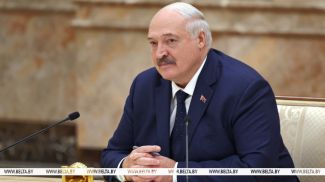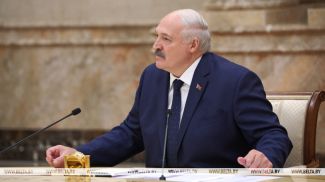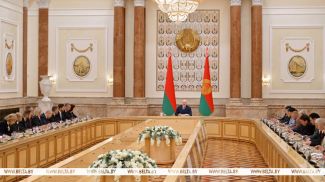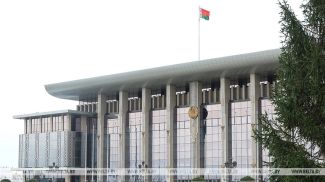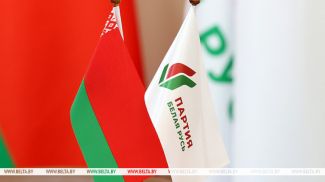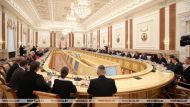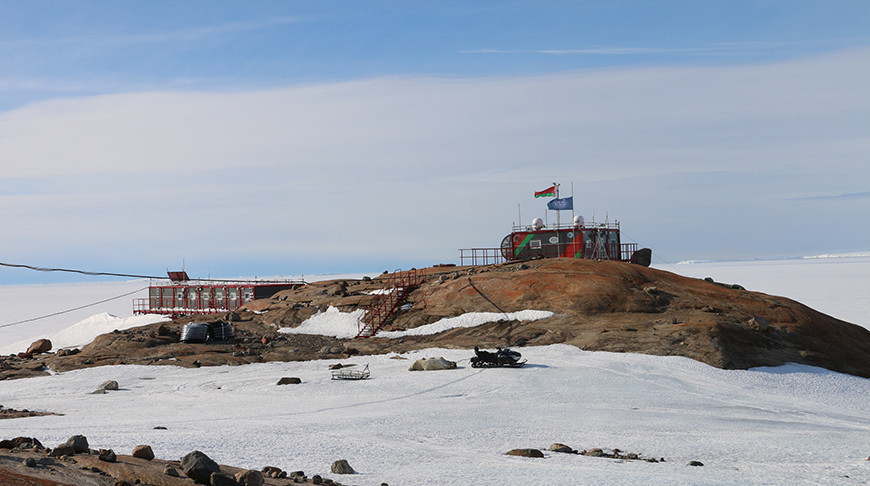
Thanks to scientists, Belarus is known worldwide for making the world’s biggest trucks and producing potash ore. Belarus produces lasers, microcircuits and electric vehicles. The country performs high-tech surgeries and produces medicines. Belarus is a space nation, along with large states, and is harnessing the atom for peace. Belarusian scientists are also building their own research station in Antarctica. This is what we're going to talk about today. Why has Belarus resumed Antarctic research? What projects are Belarusian scientists working on there? Why was this topic on the agenda of the recent meeting between Aleksandr Lukashenko and Vladimir Putin? How did Western sanctions reach the South Pole? Who is trying to appropriate the territories of the icy continent? For the latest episode of BelTA’s YouTube project “After the Fact; Lukashenko’s Decisions” we have contacted our polar explorers and are ready to answer all these questions.
Why do the world's major states take interest in Antarctica?
Let's first understand why Antarctica, an icy desert, has been attracting the interest of the world's major powers for many years. From a scientific point of view, everything is simple. Untouched by human activity, it is the ideal place to study climate and nature. Antarctica is also interesting from the point of view of mineral and biological resources.
Huge reserves of minerals are hidden in the bowels of the continent. According to some reports, the Ross Sea region alone contains about 50bn barrels of oil and more than 100trln cubic meters of gas. Yet, mining in Antarctica is now prohibited by the Environmental Protocol to the Antarctic Treaty. However, this ban is not indefinite. At a time when humanity has exhausted almost all available deposits on the "mainland", who can guarantee that Antarctica will not face the same fate? This is a rhetorical question.
How did Polotsk and Berezina islands appear in Antarctica?
Belarusians began to participate in the exploration of Antarctica in the middle of the last century, together with scientists from other Soviet Union republics. Our compatriots managed to record two world meteorological records there: the lowest air temperature of -89.2°C and the strongest gust of wind of 78m/s.
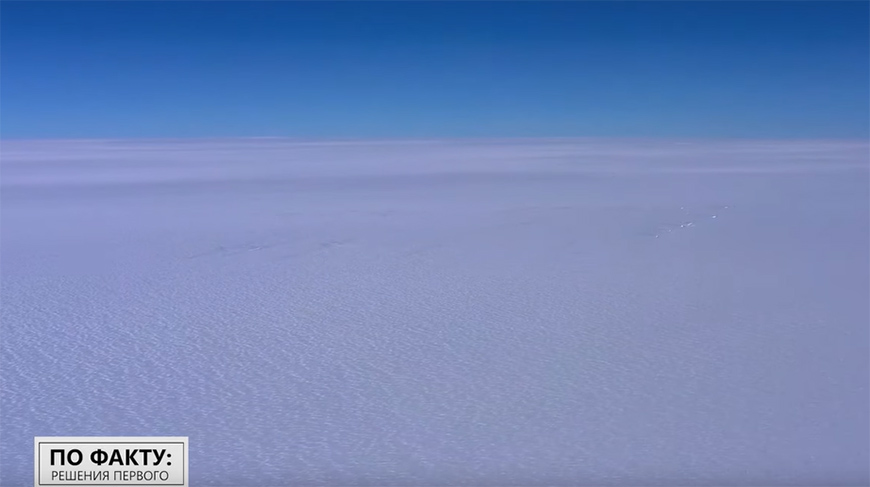
But the Belarusians left their mark in Antarctica even earlier. Two centuries ago, the first Russian Antarctic expedition led by Bellingshausen and Lazarev discovered several islands in the Southern Ocean. They named one of them as Polotsk and Berezina to immortalize one of the Russian victories in the war against Napoleon.
The collapse of the Soviet Union severed economic and scientific ties between its republics. Back then, there was no money to buy new equipment, to pay salaries of scientists. Certainly the countries had other things to worry about than sending expeditions to the end of the world. The turning point came only in 2005. In the run up to the 50th anniversary of the launch of Soviet Antarctic research, the National Academy of Sciences, Belarusian veteran polar explorers and their Russian colleagues raised the issue of resuming research in Antarctica.
Scientists sent a letter to the president, and Aleksandr Lukashenko gave the green light to this initiative.
When did Belarus start exploring Antarctica?
In 2006, Belarus acceded to the Antarctic Treaty. On the instruction of the president, the country drew up its first state program to monitor the polar regions of the Earth. A couple of months later, a reconnaissance expedition was sent to Antarctica (polar explorers call it a zero expedition). Belarusian scientists had to decide on the future base. Russian colleagues offered them to use the long-mothballed field base Gora Vechernyaya. In the Soviet years, it was an airfield camp for heavy aircraft delivering cargo to Antarctica.
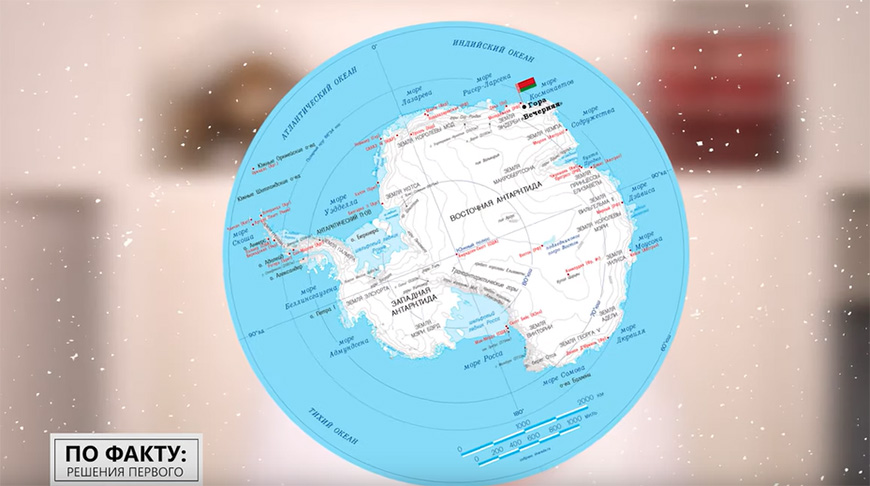
"What we found here was several dilapidated plywood structures in a very sorry state. One structure was made of four metal barrels with old Soviet-era insulation. But at least we had a kind of roof over our heads. The Belarusian expeditions did not have to live in the open field. In fact this is almost impossible in the Antarctic. In other words, we had a foothold. We have been restoring and reconstructing it ever since. We brought in power supply, life support systems, transport, scientific instruments, equipment, and so on. For the first 7 to 8 years, the conditions were tough. For example, we took a shower in the following way: we heated water in a kettle and took a sponge bath in a corner curtained with some cover,” recalled Aleksei Gaidashov, head of the Belarusian Antarctic Expedition.
How do Belarusian polar explorers travel to Antarctica?
During the first years, we had to do research using whatever means available and send the collected samples to Minsk. In 2012 a plan was developed to set up a Belarusian Antarctic station following an instruction of the government. The first facility was put into operation a few years later. It was a three-section control, communications and navigation module. It is located on the coast of the Cosmonauts Sea, the Thala Hills oasis, Enderby Land in East Antarctica.
“The National Center for Polar Research delivers Belarusian polar explorers to Antarctica using air and sea routes. As a rule, large bulky cargoes like food, scientific equipment, new polar infrastructure facilities are shipped to the Belarusian Antarctic Station by sea. They are first sent from Minsk to St. Petersburg where they are loaded on research vessels that travel through the Baltic Sea, the English Channel, around Africa, refueling in Cape Town. The second route involves travelling by air from Minsk to Cape Town and then taking an inland flight to Novolazarevskaya Station in Antarctica. The flight lasts more than six hours. After that a group takes another inland flight to get to the airbase of our Gora Vechernyaya station,” said Vladimir Ryzhikov, Head of the National Center for Polar Research.
Belarus’ base in Antarctica
The construction of the Belarusian Antarctic Station is still in progress, but it already resembles a small town and can operate all the year round. Belarusian polar explorers can already use the three-section module that we have already mentioned. The module consists of a working and living space, a laboratory and residential block, and a control, communications and navigation section. The eight-section working and living module includes two laboratory and residential sections, two accommodation sections, a technological section, two amenity and utility sections, and an outpatient surgery clinic.
The auxiliary facilities include garage and repair boxes for snowmobiles, warehouses, a refrigerated container, a diesel fuel storage tank, and a waste incinerator. Three satellite communication terminals and satellite phones are used to communicate with the outside world. The station is powered by diesel generators of various capacities. Just look at how it was and how it is now. It is noteworthy that instrument sets used by Belarusian polar explorers are of domestic production.
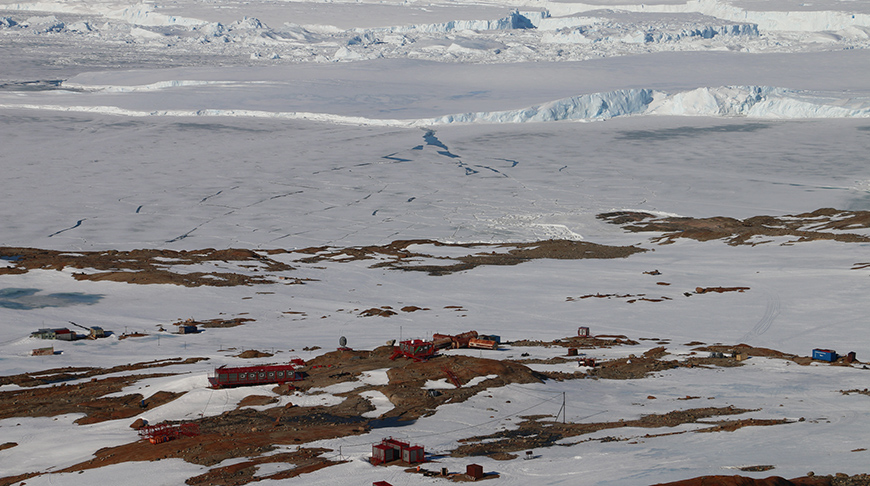
“You know, import substitution was not high on the agenda at that time. We could buy everything we needed from the West, China, or Latin America. It was not a problem if you had money. What I am going to say might sound bombastic, but it is how things are. We foresaw that anything could happen in this volatile world. So we started working towards scientific and technological independence. By now we have shielded ourselves against these ‘headwinds’ and sanctions. Thus, the government demonstrated vision and foresight,” Aleksei Gaidashov emphasized.
Now the second construction stage of the Belarusian Antarctic Station is underway. Scientists are provided with new instrument sets for operating in various conditions - under water, on land and in the air. Soon a small oil depot will be created there. Polar explorers will also get a lounge with a catering facility.
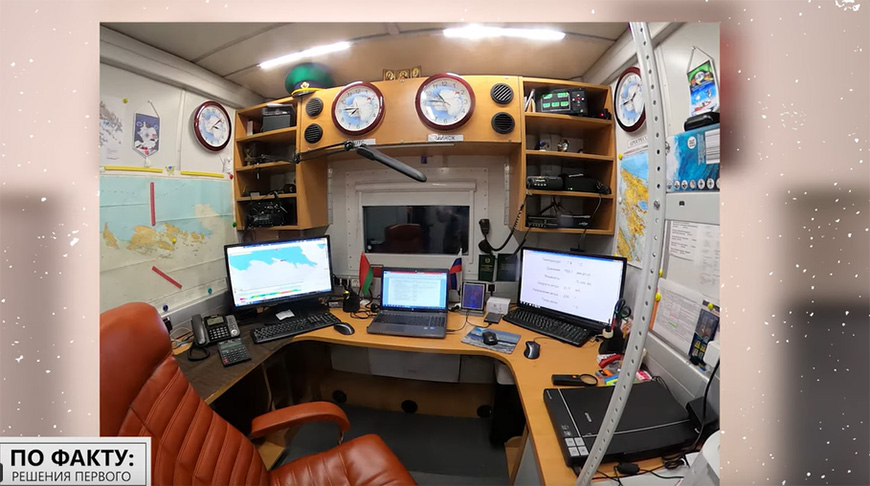
What do Belarusian scientists study in Antarctica?
“This region shapes the weather and climate of our planet. It is important that our country takes part in the study of these processes. Some unique data have been obtained, including data related to atmospheric physics, biological resources and so on. Our scientists have made a significant contribution to filling the gaps in our understanding of this continent. There are biological microorganisms on this continent that are adapted precisely to the harsh environment, in particular, low temperatures. These microorganisms can be taken out (and this has already been done), placed in certain conditions, and researched. Our scientists have already developed plant protection products using these samples,” Vladimir Ryzhikov said.
Polar explorers study atmospheric aerosols, snow and ice cover, monitor the ozone layer and seismological activities. The Belarusian station can detect tremors even in other regions of the globe. An example is last year's earthquake in Türkiye. Belarusian scientists conduct dozens of studies and experiments. These include geological and geophysical research, environmental and geochemical monitoring, and the study of phytochemical and pharmacological potential of Antarctic terrestrial flora.
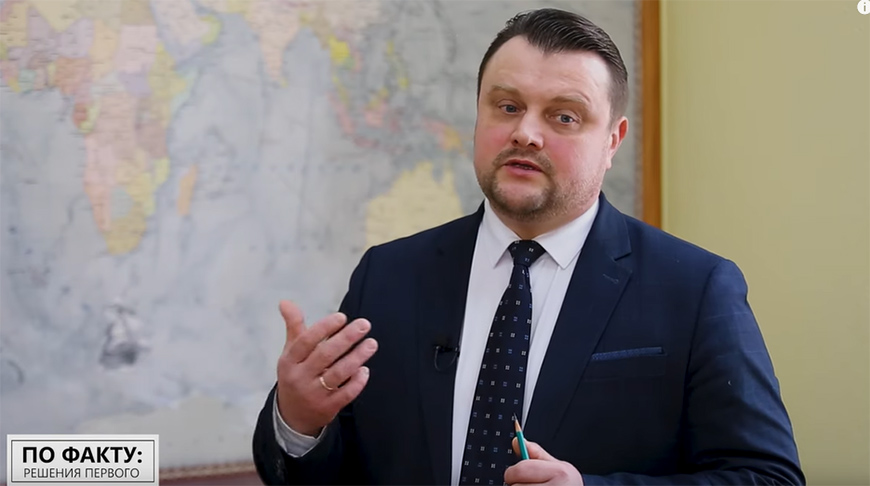
“Biological research in Antarctica has been on virtually from the first expedition. The aim of the work is to search for biologically active compounds with anti-inflammatory and antifungal properties. The end goal is to develop drugs to cure serious diseases,” said participant of the 16th Belarusian Antarctic expedition, researcher, biologist Yegor Korzun.
Another participant of the expedition, physicist Aleksandr Kalevich added: “We can track the movement of large clusters of aerosols in the atmosphere. We can also determine whether aerosols come from natural or human sources. This gives us a general picture. Let us take for example a volcanic eruption. Ash (aerosol) rises into the atmosphere, forms a cloud that drifts with the wind. We track how it affects the weather, where it is located and where it settles.”
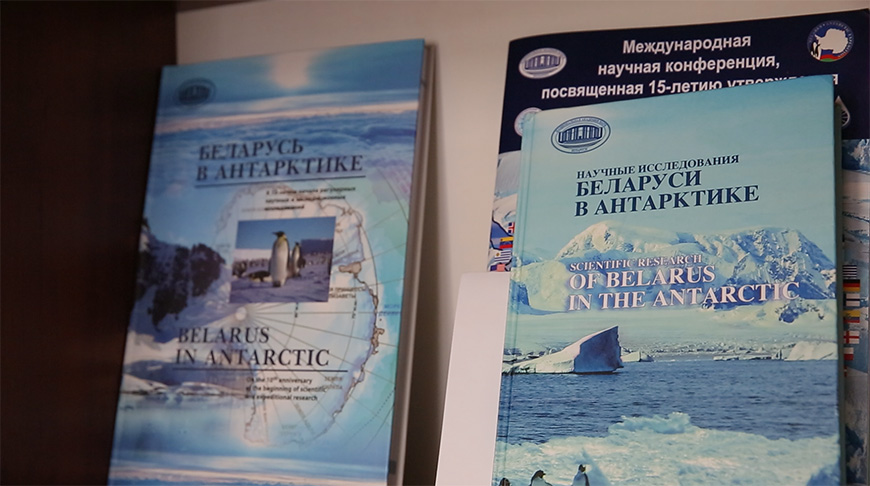
In January, Belarusian polar explorers made a multi-day scientific trip to a hard-to-reach and unexplored region of Antarctica. -60°C and a vast sea of snow. Covering about 700km, the explorers collected new data on the natural environment of the continent and suggested furthering scientific and practical interests of Belarus in Antarctica.
How West’s doubles standards reached Antarctica
Aleksandr Lukashenko has always said that science is international and should be at the service of humanity.
“Science cannot be confined even within the largest and most advanced state these days. Science is international. It has always been like that. Science has development prospects only if it is international,” the head of state said during his visit to the National Children's Technopark last year.
Unfortunately, today many countries begin to forget about this principle. Antarctica is a case in point.
The Antarctic Treaty was signed in 1959, at the height of the Cold War. Its main goal was to ensure the use of Antarctica in the interests of all mankind and exclusively for peaceful purposes. The document spelled out the freedom of scientific research and encouraged international cooperation. On paper the countries stay committed to these principles today. But even here the collective West applies its double standards, trying to twist the arms of its competitors. This manifests in different ways: from a ban on the maintenance of measuring instruments to problems with the exchange of weather forecasts that ensure the safety of flights over the continent. Joint scientific projects are being curtailed. Logistics worked out over decades are being destroyed.

“Specially protected zones are designated in Antarctica under various guises. Or zones of special scientific interest. These are vast territories. De jure they belong to no one, but such steps are taken with a long-term goal in mind. Access there is restricted and is granted only with special permits. Some huge territories of Antarctica are being closed in the interests of certain countries. This goes fundamentally contrary to the spirit and principles of the Antarctic Treaty. A number of leading countries - locomotives of the Antarctic Treaty (the Republic of Belarus also joined this process) actively oppose it,” Aleksei Gaidashov, said.
Why did Lukashenko and Putin discuss cooperation in Antarctica?
It is for a reason that cooperation in Antarctica became one of the topics for discussion at the January meeting between Aleksandr Lukashenko and Vladimir Putin. Before the talks, the presidents took part in a ceremony to launch a new wintering complex at the Russian station Vostok in Antarctica. It was built in cooperation with Belarusian manufacturers. For example, they supplied pipes, cable and electrical products, pumping equipment. Belarusian measuring devices are also used at the station. Aleksandr Lukashenko promised that more attention would be paid to the development of this sector of science in Belarus.
“Russia is the leader in the Antarctica research today. No one can compare to it. We had a great country, the Soviet Union. We worked together. Some cherished hopes that all this would be abandoned. But it was not. Instead, the research has reached a higher level. What you are doing is akin to a feat. We are proud of you. Thank you very much. We, the Belarusians, will be taking a more active part in these processes. Live in peace. We are brothers, we have nothing to fight over. Both Russia and Belarus should make their contribution to science,” Aleksandr Lukashenko said.
The following day at the Supreme State Council summit the Belarusian head of state shared the details of his talks with the Russian counterpart: “We have really worked very hard these two days. I can say we covered the topics from the South Pole to the North Pole. We also discussed the problems of Antarctica. Russia is creating more comfortable conditions for its researchers and built a new wintering complex there. But the most important thing is that we cooperate closely there. Belarusians work together with Russians. Our station is nearby. All kinds of assistance, including with scientific tasks and with everyday needs, are provided to the Belarusian specialists stationed there.
Let’s paraphrase the head of state. He said that science has a future only if it is international. The same is true about cooperation. It is bound to be successful only when “everybody works together”. The experience of Belarusian polar explorers testifies to the fact.





